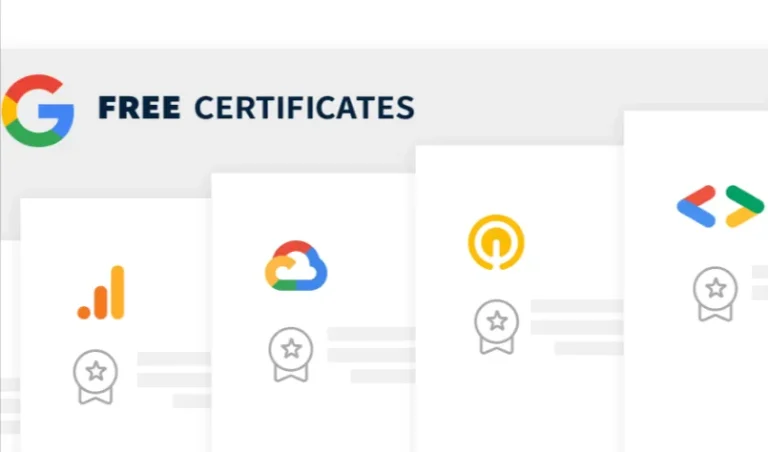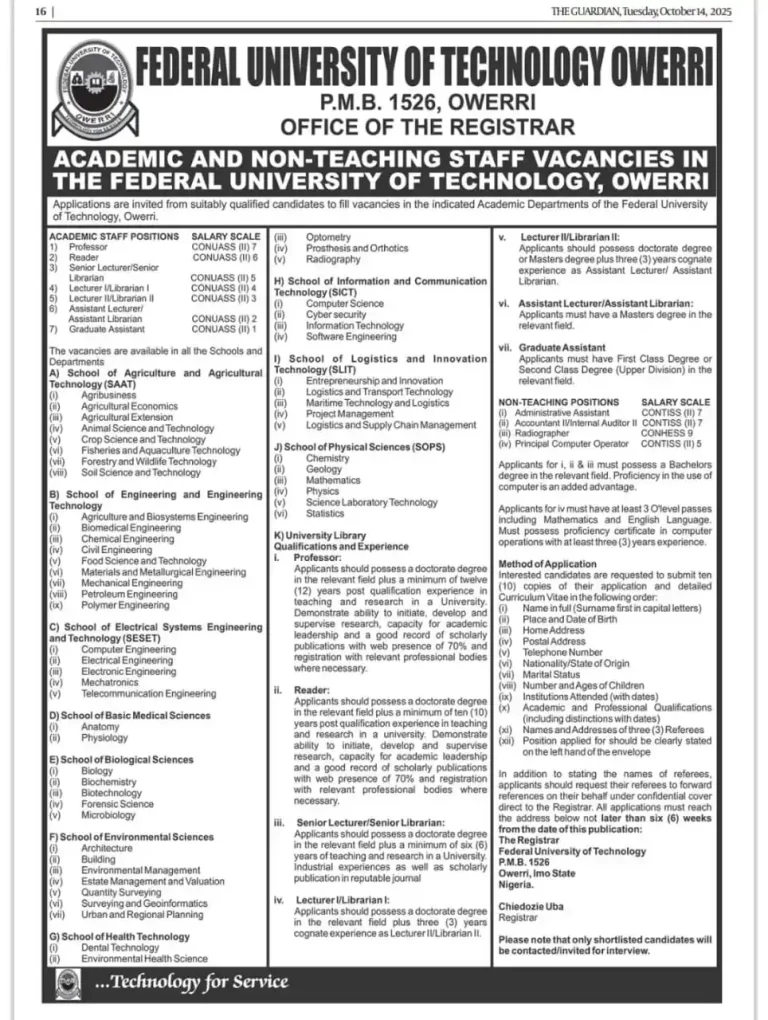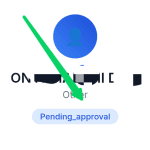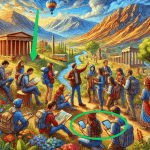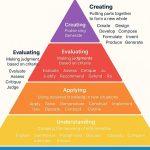
Curri AI — What It Is, Why It Matters, and How It Works
Why Teachers Need Smarter Tools in 2025: Curri Ai
In 2025, Nigerian teachers are under more pressure than ever. Class sizes are bigger, syllabus demands are growing, and the push for digital learning is no longer optional — it’s expected.
According to the World Bank, the average pupil-teacher ratio in Nigerian primary schools hovers around 37:1, though in many public schools it can exceed 60:1. Yet, many teachers still spend hours every week preparing lesson plans, typing out notes, and creating test questions from scratch.
For a teacher handling eight to ten subjects weekly, this workload can feel overwhelming. UNESCO research shows that teachers in developing countries spend up to 35% of their working time on non-teaching tasks — things like lesson preparation, paperwork, and manual grading.
In the Nigerian context, this administrative burden contributes significantly to teacher burnout and attrition rates. This is valuable time that could be spent on actual teaching, student engagement, and professional development.
This is where Curri AI comes in — a Nigerian-born educational technology platform that promises to turn hours of preparation into minutes.

What is Curri AI?
Curri AI is an AI-powered lesson-authoring platform created by Schoola, an EdTech company founded in 2023 in Kaduna, Nigeria. It is designed specifically for African classrooms — meaning it’s built to align with local curricula, such as the one set by the Nigerian Educational Research and Development Council (NERDC), rather than generic global standards.
With Curri AI, teachers can:
- Create lesson plans, notes, and quizzes in seconds.
- Customize lessons to suit different learning levels (differentiated instruction).
- Share content directly to platforms like Google Classroom.
It’s not just about speed — it’s about relevance. Instead of copying lesson content from random websites that may be culturally or contextually inappropriate, teachers get materials aligned with Nigerian educational standards, making them instantly usable in real classrooms.
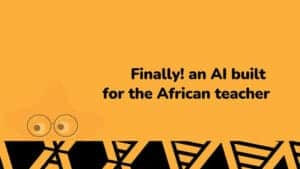
The Nigerian Education Challenges Curri AI Addresses
Heavy Teacher Workload
Many Nigerian schools operate with fewer teachers than they need. The National Personnel Audit (NPA) by the Universal Basic Education Commission (UBEC) consistently highlights a shortage of qualified teachers, especially in STEM subjects.
A single teacher might be handling multiple subjects across different grade levels. Preparing distinct, high-quality lessons for each class can easily eat up evenings and weekends, leading to what educators call decision fatigue.
Curriculum Compliance Issues
Borrowing lesson notes from the internet often results in mismatches with the NERDC-approved curriculum. This means teachers spend extra time editing or rewriting to meet official requirements for examinations like the West African Examinations Council (WAEC) and the National Examinations Council (NECO).
Curri AI mitigates this risk by training its models specifically on these syllabi.
Limited Access to Quality Resources
In rural and underserved areas, access to up-to-date textbooks or teaching materials is limited. The national textbook-to-pupil ratio remains a challenge, often falling short of the one textbook per pupil per subject goal.
Teachers rely on photocopies or outdated notes, which can affect learning outcomes and student engagement.
Pressure to Go Digital
Post-COVID, many schools want a hybrid of physical and digital teaching, but not all teachers are trained to produce digital-friendly resources. Nigeria’s National Policy on ICT in Education mandates digital literacy, yet a significant portion of the teaching workforce lacks the tools or skills to create digital content efficiently.
Curri AI addresses these pain points by automating the repetitive parts of lesson creation, ensuring curriculum alignment, and giving teachers the flexibility to edit, print, or share digitally.

Key Features of Curri AI — Explained in Detail
Rapid Content Creation
Curri AI can generate a full lesson plan in less than a minute. A teacher preparing for 8 subjects, who might typically spend 2 hours per lesson plan, could save up to 16 hours a week.
- Select your subject (e.g., Basic Science, JSS1).
- Choose your topic from a drop-down list aligned with the Nigerian curriculum (e.g., Living Things and Non-Living Things).
- The AI instantly produces a lesson plan, objectives, step-by-step activities, and an assessment.
Teachers who previously spent two hours preparing a lesson can now do it in two minutes, freeing up time for more interactive teaching methods.
Curriculum Alignment
Unlike general AI tools like ChatGPT, Curri AI’s database is trained on Nigerian and West African syllabuses. This means:
- Topics match WAEC/NECO/BECE requirements.
- Learning objectives follow the official curriculum language and Bloom’s Taxonomy structure.
- Examples are culturally relevant for Nigerian students.
For example, a Mathematics lesson on percentages might use examples about calculating discounts at Shoprite or figuring out crop yield increases in Benue State, rather than U.S. sales tax.
Adaptability for Different Learning Contexts
The platform’s output is not rigid. Teachers can modify:
- Language simplicity: Adjusting vocabulary for younger learners or for classrooms where English is a second language.
- Classroom activities: Suggesting activities suitable for rural settings (e.g., using local materials) vs. urban settings (e.g., incorporating a QR code hunt).
- Lesson length: Condensing or expanding content depending on the 40-minute or 80-minute period structure.
This adaptability makes it useful for both formal schools and non-formal education programs.
Easy Integration with Digital Platforms
Curri AI allows exporting lessons directly into:
- Google Classroom
- Microsoft Word or PDF for printing and offline use
- A school’s internal Learning Management System (LMS) via the Curri Inside API
This is particularly useful for teachers preparing students for computer-based tests (CBTs), as they can generate large question banks in minutes.
How Curri AI Works — Step-by-Step
- Log In — Teachers create an account on Curri AI’s website or app. New users get free credits to try it out.
- Choose a Task — From the dashboard, select lesson plan, class notes, or question set/quiz.
- Select Curriculum and Topic — Curri AI displays topics by grade level and subject, based on the Nigerian curriculum.
- Generate Content — In under a minute, Curri produces the requested material — complete with objectives, teaching aids, lesson content, and practice questions.
- Edit and Save — Teachers can tweak the text, add personal touches, or regenerate sections before saving, downloading, or sharing directly with students.
Pricing and Credit System Explained
Curri AI runs on a credit-based system, which gives flexibility for both occasional and heavy users.
- Lesson notes cost ~5 credits.
- Lesson plans cost ~10 credits.
- Question sets cost 5–20 credits depending on size and complexity.
💡 One credit costs about ₦3.86. A small top-up can be as little as ₦19.31 for a small batch of credits. For power users, there’s an Unlimited Monthly Plan for ₦7,500 per teacher, and schools signing up multiple teachers may get up to 50% discounts.
To put this in perspective, the average salary for a public school teacher can range from ₦50,000 to ₦70,000 monthly. The subscription cost is therefore significant, making the school-based discount model crucial for widespread adoption.
With a budget of just ₦1,000, a teacher could prepare:
- 10 lesson plans
- 5 quizzes
- 5 sets of class notes — all within a week.
Real Teacher Stories — The Human Side of AI in the Classroom
Gloria Okpanachi, Abuja (Early Childhood Educator)
“It was like magic. Something that takes hours, Curri does in seconds. I now have more time to think about my students’ individual needs instead of just typing notes.”
Kucheli Sajou, Maiduguri IDP Camp Teacher
“Before, I would spend evenings preparing for the next day with very few resources. Now I prepare while in school, on my phone, and still have time to revise with the kids.”
Simon Abugha, Abuja Secondary Teacher
“I thought it was just for saving time. But the AI even gave me new ideas for teaching topics I’ve taught for years, like suggesting a simple hands-on experiment I hadn’t considered.”
These are not isolated cases — according to The Guardian Nigeria, Curri AI is now in over 300 schools across Nigeria, from Lagos to Kaduna, demonstrating its appeal across different geographical and socio-economic zones.
Why Curri AI Matters for the Future of Nigerian Classrooms
Curri AI is more than a convenience tool — it’s a strategic step towards improving learning outcomes in Nigeria.
By reducing teacher stress and administrative load, it directly tackles a key driver of educator burnout. By aligning with the local curriculum, it ensures quality and standardization. And by making lessons easier to deliver digitally, it closes the gap between education policy and actual classroom experience.
In a country where teacher shortages and resource limitations are persistent challenges, an AI assistant that handles the heavy lifting of lesson preparation could be the difference between a teacher who is merely covering the syllabus and one who is truly engaging and inspiring students.

